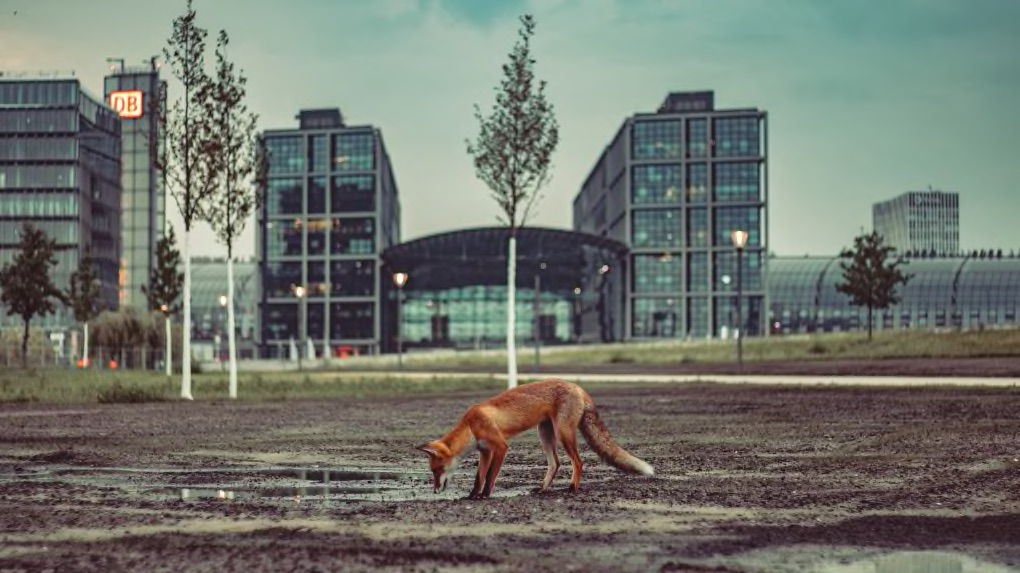SEMINAIRE S2 JMA-GE
Coexisting with wildlife |EN|

Content
What kind of relationship can we have with plants and animals in the city? This question is currently being asked with acuity, but not without paradox. On the one hand, city inhabitants are showing a growing desire for „nature in the city“, and for greater integration of biodiversity through the establishment of ecological corridors and grids. On the other hand, the urbanization of the world is leading a number of undesirable insects and wild animals to colonize cities, exposing their inhabitants to major health risks. Neither the unconditional acceptance of all living things nor their radical rejection seems to constitute a viable scenario for the future of cities. Looking beyond the opposition between city and nature, the seminar will examine the ways in which humans and the rest of the living world can coexist. How can architecture rethink the relationships that make the Earth habitable? Not by flattening out or seeking absolute equality, but by recognizing the diverse ways in which living beings share space.
TEACHING AIMS
The aim of this seminar is to study and discuss the notion of the urban ecosystem, where humans and other living beings cohabit. It provides an introduction to the major issues of environmental ethics and urban ecology; experiments with ways of accommodating living things in architectural and urban projects; and stimulates team spirit and creativity.
TACHING FORMS
Lectures, seminars, individual and group work, discussions and debates. Students will be required to do preparatory work as well as a final synthesis exercise.

